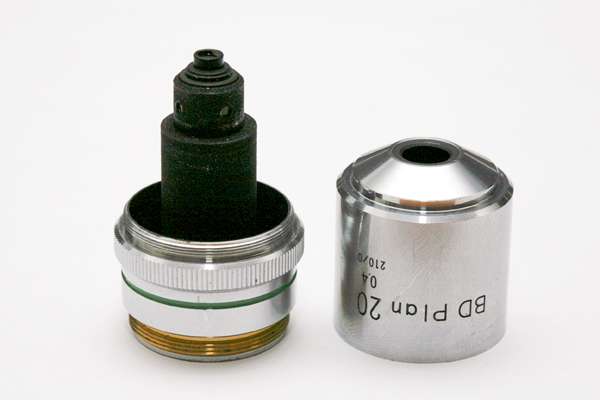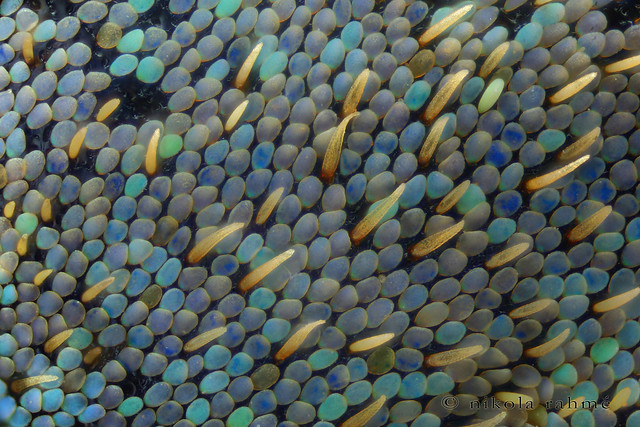
Click for a 2400px version!
These scales cover the whole prothorax of the scarab beetle Hoplia argentea. Stacked from 61 shots, the bellows was adjusted to 210mm from the bayonet to the objective's thread. So I got more than 20x magnification, around 25x. Increments: 4 micron between each shot.
The habit photo of the beetle:
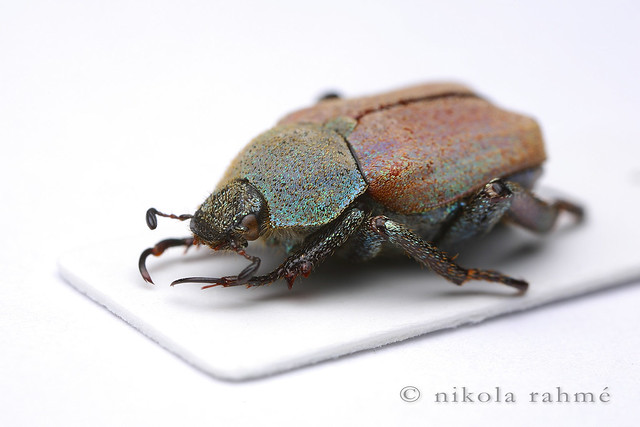
Shot with the Canon MP-E 65/2.8 lens @ 2:1, the photo is cropped around 20%. View larger!
At last here are two photos of the objective and how I operated it with:
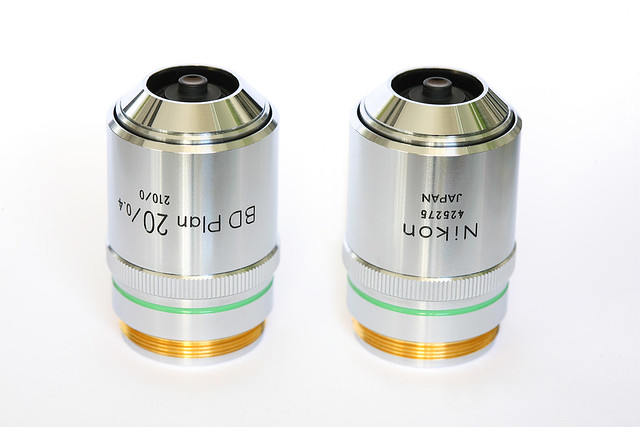
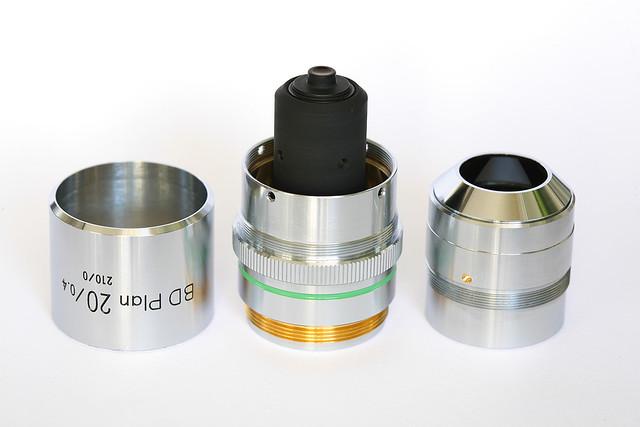
Regards, Nikola

